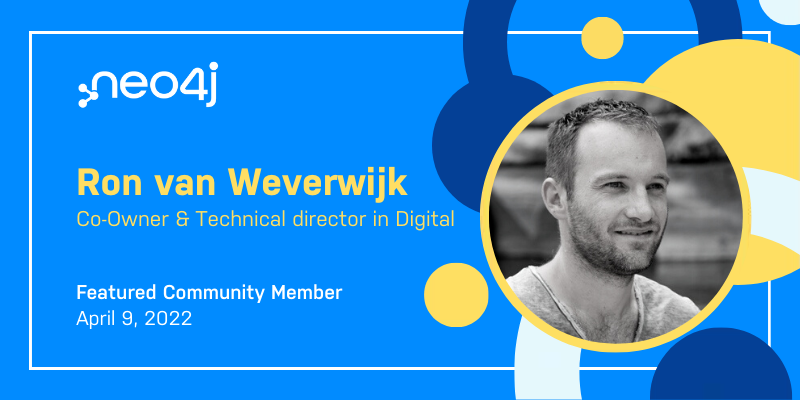This Week in Neo4j: Space Junk, SHACL, Neo4j Apps with Python, Under The Hood, Spring Data, and More

Sr. Manager, Developer Community
3 min read

You’ve probably heard about space debris and the growing risk of collision to satellites and space stations. According to Moriba Jah, who created ASTRIAGraph at the University of Texas at Austin, there are 26,000 trackable objects in space (excluding the smallest), of which only around 4,000 are currently working. Moriba collects information on orbiting objects by aggregating information from different countries, companies, other scientific researchers, amateur telescope astronomers, and more. The resulting graph identifies individual objects and their distances from each other.
Enjoy this fascinating read on tracking space garbage!
Cheers,
Yolande Poirier
FEATURED COMMUNITY MEMBER: Ron van Weverwijk
Ron is an experienced big data engineer with a specialization in the Neo4j platform. He is an expert in complex network data visualization and an enthusiastic contributor to the Neo4j community. He is a long time community member and was one of the very first people that Rik interviewed on the Graphistania podcast back in March 2015. Follow him on LinkedIn.

KNOWLEDGE GRAPH: Solving Wicked Space Problems With ASTRIAGraph
Moriba Jah leads a transdisciplinary research program in space safety, security, and sustainability at the University of Texas at Austin. He discusses ASTRIAGraph and its interesting use of a knowledge graph to help solve the problem of space junk.
GOING META – Ep 3: Controlling the Shape of your Graph With SHACL
In this third episode, Jesús Barrasa looks at how to keep the structure of a graph using a W3C standard called SHACL (Shape Constraint Language). SHACL is becoming quite popular as a framework to enhance data semantics. He explains the SHACL framework and demonstrates an example of it using Neo4j’s platform.
VIDEO: Discover Neo4j AuraDB Free With Michael and Adam
UNDER THE HOOD: The Multiple Faces of Complexity
Scalability brings significant challenges to graph databases, whether it’s data volume or resource utilization. In this new video, Chris Gioran explores how to reframe this complexity in a more useful way and looks at sources and patterns to show how it manifests in graphs.
VISUALIZATION: The Message Flow Between Business Functions With Vaadin and Neo4j
Since business functions and messages are related to each other, it made sense to represent them as a graph, explains Simon Martinelli. He used the Vaadin framework to manage and visualize the graph and Spring Data Neo4j for easy access to Neo4j.
TWEET OF THE WEEK: @GuyClapperton
Don’t forget to retweet it if you liked it!
Here’s the current episode of the #nearfuturist interview podcast: Space Garbage – how much crap are we leaving in orbit? Prof. Moriba Jah discusses with Guy Clapperton here: https://t.co/fT5dNeNSFH transcript is here: https://t.co/yF8WrRxoxg
— Guy Clapperton (@GuyClapperton) April 6, 2022
WHAT ELSE IS GOING ON?
Neo4j Live: Discover Neo4j AuraDB Free With Michael and Alexander
is on April 11.
Neo4j Live: Interactive Neo4j Dashboards is on April 12.
Don’t miss the weekly videos in the Bite-Sized Neo4j for Data Scientists series. In parts 25 to 29, Clair Sullivan presents a five-part series to help with your Kaggle competition graph.








